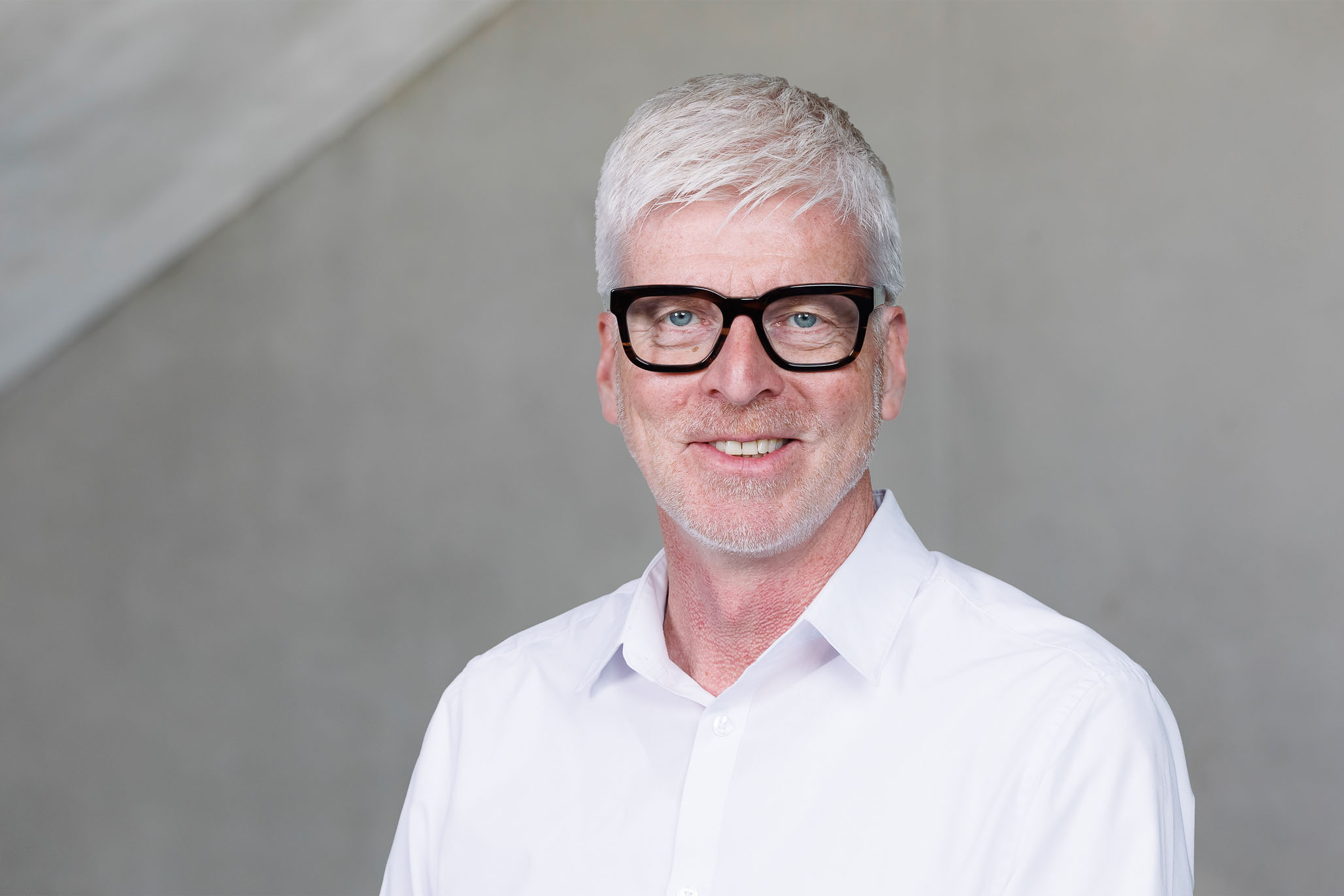The largest construction research project in Germany, C³-Carbon Concrete Composite, won the German Sustainability Award 2015 in the category research. In the ambitious project, over 130 partners from science, associations and industry were working on the research and establishment of the new building material carbon concrete. The VDZ was also a partner in the C³ project.
C³ has been able to assert itself among 87 research projects from all major German research centres. The research award, one of the most prestigious awards of its kind in Europe, was initiated by the German Federal Ministry of Education and Research (BMFB) and awarded for the eighth time. The award-winning C³ project developed a new material composite of carbon fibres and high-performance concrete. With its flexibility and long-life cycle, carbon concrete is a resource-saving alternative to reinforced concrete. The interdisciplinary project C³ was funded by the BMBF. The management of the consortium was the responsibility of the Dresden University of Technology.
![[Translate to English:] CARBON CONCRETE COMPOSITE – C³: Nachweis- und Prüfkonzepte für Normen und Zulassungen](/fileadmin/_processed_/7/7/csm_csm_C3_PS_0bcfb9f926_b365a4aae5.jpg)

